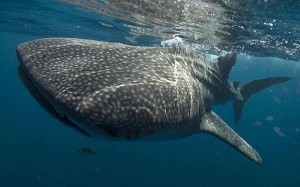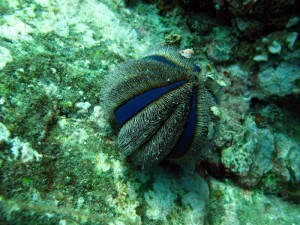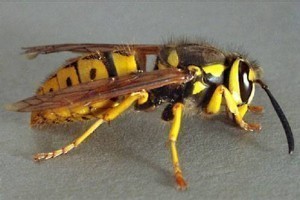Biggest Shark
Sharks are fascinating marine creatures belonging to the  superorder Selachimorpha. They come in 440 different species that vary in sizes and features. Some of the fascinating species include Carcharhinus amblyrhynchos or the grey reef shark and Etmopterus perryi or the dwarf lantern shark. Aside from these, there is also the biggest shark species in the world, which is Rhincodon typus or the whale shark. Here is a closer look at the size of the biggest shark.
superorder Selachimorpha. They come in 440 different species that vary in sizes and features. Some of the fascinating species include Carcharhinus amblyrhynchos or the grey reef shark and Etmopterus perryi or the dwarf lantern shark. Aside from these, there is also the biggest shark species in the world, which is Rhincodon typus or the whale shark. Here is a closer look at the size of the biggest shark.
The Size of the Biggest Shark
As the biggest shark species in the world, the whale shark has been reported to grow as long as 41.50 feet or 12.65 meters. It was caught near the island of Baba, which is close to the city of Karachi in Pakistan. In terms of weight, a shark that big measured 47,000 pounds or 21.5 tons. The whale shark was first identified after a specimen was harpooned from Table Bay in South Africa in April 1828. The specimen measured 15.1 feet or 4.6 meters.
Additional Facts and Other Interesting Details
When it comes to distribution and habitat, whale sharks usually live in warm-temperate and tropic seas. Although they are primarily pelagic, they are reported to have seasonal feeding aggregations at various coastal cities including the Ujung Kulon National Park in Indonesia, Batangas in the Philippines and Ningaloo Reef in Western Australia. The same also goes for other coastal areas like the island of Nose Be off the coast of Madagascar, off Isla Mujeres close to the state of Yucatan in Mexico and Gladden Spit in Belize. Furthermore, they are also seen close to the mouths of estuaries, rivers as well as coral atolls.
This kind of migratory shark can dive to depths of 2,300 feet or 700 meters. It has a spacious mouth, which can be as wide as 4.9 feet or 1.5 meters. Its mouth is usually made up of 300 to 350 rows of small teeth. The thickness of its skin measures 3.9 inches or 10 centimeters. Because it uses its entire body to swim, this kind of shark is considered as an inefficient swimmer. It only swims at an average speed of 3.1 miles per hour or 5 kilometers per hour.
Along with the megamouth shark and the basking shark, the whale shark completes the only three shark species that are considered filter feeders. They usually feed on small nektonic life like small vertebrates or squids. In addition, they also eat Christmas Island red crab larvae, plankton and macro-algae. Divers often see this kind of shark in the Red Sea, the Maldives and the Philippines. In addition, they can also be seen in Puerto Rico, Galapagos Islands and the Bay Islands in Honduras.





